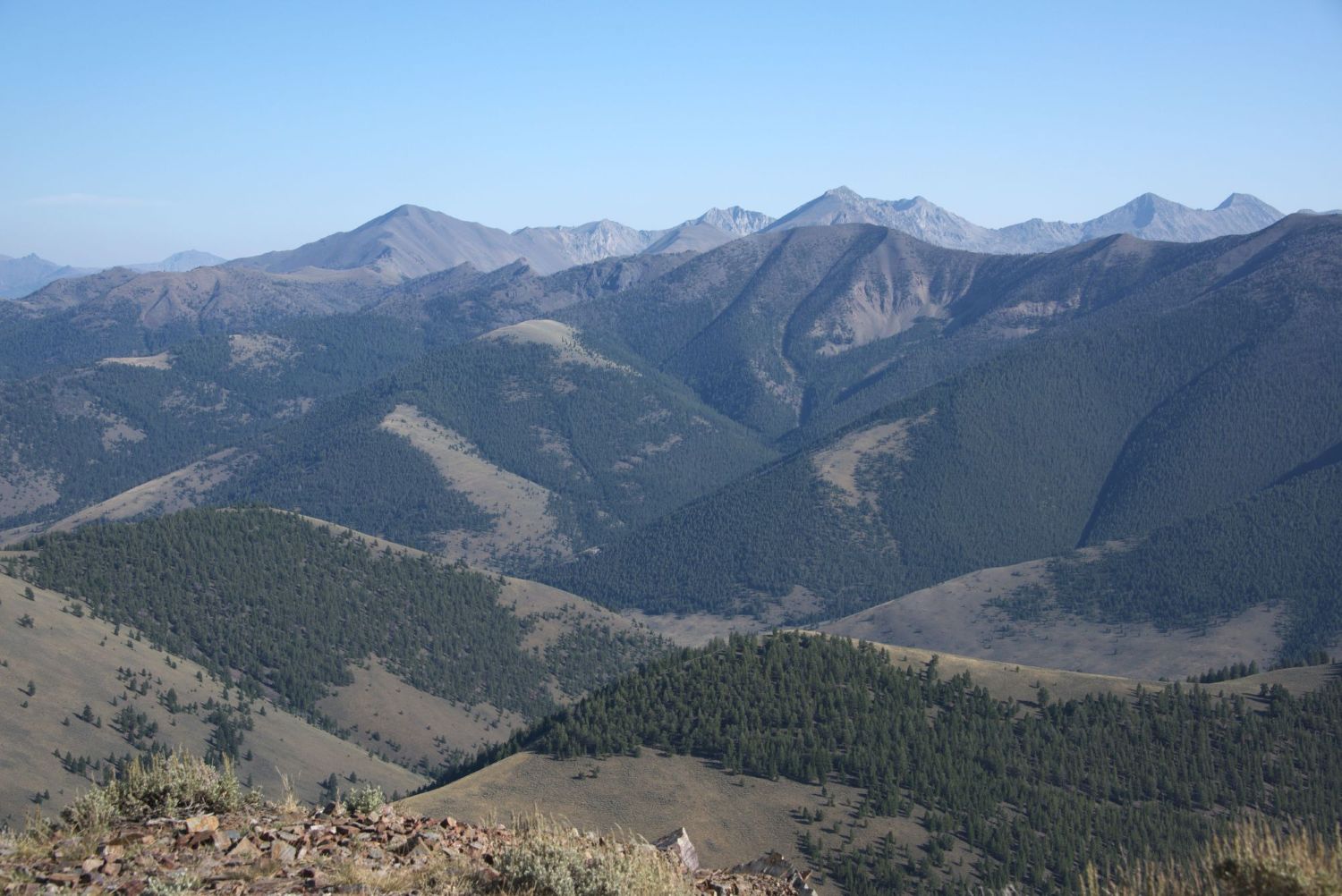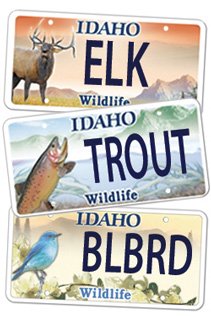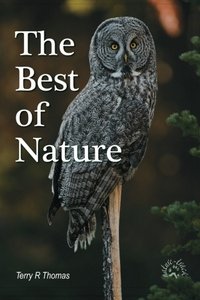This Land is Your Land

©Terry R. Thomas/www.nature-track.com
This land is your land, this land is my land. Let’s keep it that way.
It seems like every ten years or so, a new plot is hatched to convert public land to private land. In the 1970s and 1980s, it was the sagebrush rebellion, and it has taken various identities since then. One of the more recent attempts was states trying to “take back” control of Federal lands. The funny thing about that one was that the lands in question never were state lands, so how could they take back something they never had?
The latest attempt is one by Senator Mike Lee (R-Utah). In a nutshell, he wants to sell up to 1.5 percent of public lands in 11 Western states to pay down national debt and to create opportunities to address the housing crisis. One and a half percent may not sound like much, but when stated another way, it equals 3.3 million acres, almost exactly the combined size of Bonneville, Bingham, and Bannock counties.
Idaho’s senators Crapo and Risch oppose the concept of selling off public land. Montana was so infuriated by the proposal that their senator, Steve Daines, was able to get Montana excised from the bill. That’s right, Montana doesn’t have to play ball.
It is tiresome that we continue to look at federal lands as disposable, or wastelands. Even the lands in question (close to urban areas) serve several important purposes including: buffer zones between development and intact habitats, winter range for big game, and public access to vast tracts of other federal land. In addition, in this world where we continue to “box in” wildlife, they provide managers with a few options. For instance, if an adjacent winter range were to burn, some of these lands could provide the necessary habitat until the primary range recovers. Without options, some areas are just one calamity away from an irreversible event.
It is a poor idea, but a far worse precedent. This is a slippery slope. Just open the land grab floodgates a crack and a tidal wave will follow. If you don’t believe me, here is a quote from the magazine, Reason, in an article entitled, The Federal Government owns too much Land. Selling it Helps Rural Communities, and is subtitled, Why Sen. Mike Lee’s plan to sell public land doesn’t go far enough: “However, auctions of public land cannot secure “fair market value for the tracts of covered Federal land conveyed” if tracts may only be used “for the development of housing or…associated community needs”. By restricting the use of lands purchased at auction, Lee is preventing the market from allocating them most efficiently.”
It is clever to portray this as a solution to the affordable housing crisis, but if fair market value becomes the watchword, it will be a land grab that the richest developers will salivate over. Who is going to bid on these properties? What average young citizen, hoping to get into his or her first home, could afford property along the Wasatch Front where lots currently sell for over 2 million dollars per acre (https://www.realtor.com/realestateandhomes-search/Wasatch_Salt-Lake-City_UT/type-land)? Yet, federal land in Parley’s , Millcreek, Big Cottonwood and Little Cottonwood canyons all fit Lee’s criteria of being adjacent to an urban area. Just who would buy that land? According to Reason magazine, it should end up going to the highest bidder and that won’t be the average citizen.
A quick read through the bill would make attorneys blanch. There are no definitions, no real restrictions. For instance, interested parties are to be notified within 30 days of the passage of the bill. Who are interested parties? Can you or I be an interested party? Could China be an interested party? A developer of mega mansions? Someone is going to get rich (richer) off this proposal, but it won’t be you and it won’t be me.
Once something like this gets started, there is no predicting where or in what direction it will go and when, or if, it will stop. With the kind of money these properties could generate, we could see foreign interests, ultra rich moguls, and corporations buy up these lands for profit and push for the sale of more. Lee can argue all he wants about that not being the intent of his legislation, but intent seldom directs reality in politics. This bill is proof of that. All federally owned land is supposed to go through environmental review (it is called FLPMA, Federal Land Management Act, for BLM and National Forest Management Act of 1976 for the Forest Service) before changes are made. Lee’s bill circumvents these rules by going straight to the budgetary process.
While I don’t agree with environmental groups exaggerating claims of impacts such as selling national parks, (as Lee points out in a tweet on X, “My bill exempts ALL parks, monuments, wilderness areas, etc., from the federal land sale. We exempt 15 categories of land, including land where people have valid existing rights”), the fact is that showing the worst-case scenario is legitimate because no one can predict where this will eventually go. Once you open Pandora’s box, you cannot go back.
Help Idaho Wildlife
When we traveled across the state in October 2017, we visited most of the Idaho Department of Fish and Game wildlife management areas. Most of the vehicles we saw using the wildlife management areas did not have wildlife plates. Buying wildlife plates is a great way for non-hunters and hunters alike to support wildlife-based recreation like birding.
C'mon folks, let's help Idaho's wildlife by proudly buying and displaying a wildlife license plate on each of our vehicles!
See below for information on Idaho plates. Most states have wildlife plates so if you live outside Idaho, check with your state's wildlife department or vehicle licensing division for availability of state wildlife plates where you live.
And tell them that you heard about it from Nature-track.com!

Wildlife License Plates
Great news! as of 2024, there are three NEW designs for license plates. They still are bluebird, cutthroat trout and elk, but they are beautiful.
Idaho Wildlife license plates provide essential funding that benefits the great diversity of native plants and wildlife that are not hunted, fished or trapped—over 10,000 species or 98% of Idaho’s species diversity. Game species that share the same habitats (such as elk, deer, antelope, sage-grouse, salmon, trout) also benefit from these specialty plates.
No state tax dollars are provided for wildlife diversity, conservation education and recreation programs. Neither are any revenues from the sale of hunting or fishing licenses spent on nongame species. Instead, these species depend on direct donations, federal grants, fundraising initiatives—and the Idaho Wildlife license plates.
Both my vehicles have Bluebird Plates. I prefer the bluebird because the nongame program gets 70 percent of the money from bluebird plates, but only 60 percent of the money from elk and trout plates - 10 percent of the money from elk plates supports wildlife disease monitoring and testing programs (to benefit the livestock industry) and 10 percent from cutthroat plates supports non-motorized boat access.
Incidentally, in 2014, the Idaho Legislature denied the Department of Fish and Game the ability to add new plates or even to change the name of the elk and cutthroat plates (very specific) to wildlife and fish plates, a move that would have allowed for changing images occasionally and generating more revenue. It would seem that they believe that we Idahoans don't want a well funded wildlife program.
I think it is time we let the Legislature know that Idahoan support wildlife funding and that we would like to see these generic plates come to fruition.

"WOW. What a phenomenal piece you wrote. You are amazing." Jennifer Jackson
That is embarrassing, but actually a fairly typical response to my nature essays. Since The Best of Nature is created from the very best of 16 years of these nature essays published weekly in the Idaho Falls Post Register (online readership 70,000), it is a fine read. It covers a wide variety of topics including humorous glimpses of nature, philosophy, natural history, and conservation. Readers praise the style, breadth of subject matter and my ability to communicate complex and emotional topics in a relaxed and understandable manner.
Everyone can find something to love in this book. From teenagers to octogenarians, from the coffee shop to the school room, these nature essays are widely read and enjoyed.
Some of the essays here are my personal favorites, others seemed to strike a chord with readers. Most have an important message or lesson that will resonate with you. They are written with a goal to simultaneously entertain and educate about the wonderful workings of nature. Some will make you laugh out loud and others will bring a tear to the eye and warm your heart.
Readers Write:
"You hit a home run with your article on, Big Questions in Nature. It should be required reading for everyone who has lost touch with nature...great job!" Joe Chapman
"We enjoyed your column, Bloom Where Planted. Some of the best writing yet. The Post Register is fortunate to have your weekly columns." Lou Griffin.
To read more and to order a copy, click here or get the Kindle version
Copies are also available at:
Post Register
Island Park Builders Supply (upstairs)
Barnes and Noble in Idaho Falls
Harriman State Park, Island Park
Museum of Idaho
Valley Books, Jackson Wyoming
Avocet Corner Bookstore, Bear River National Wildlife Refuge, Brigham City, Utah
Craters of the Moon National Monument Bookstore, Arco, Idaho